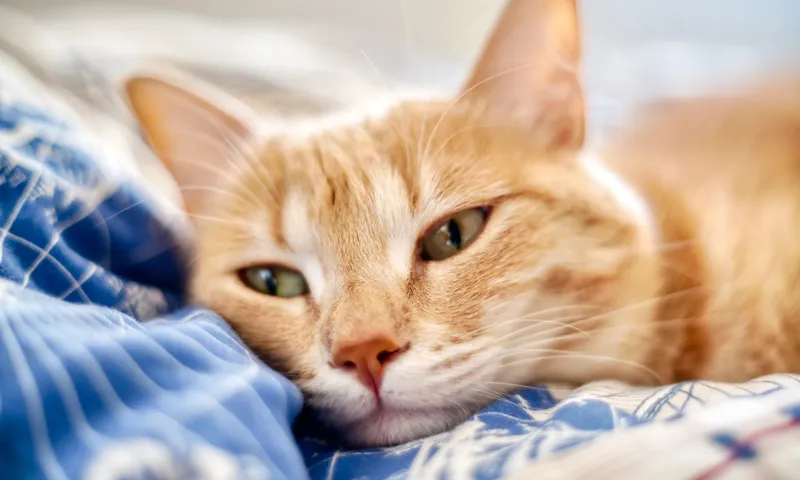Why is My Cat Wheezing

Hearing your cat make a strange whistling or raspy sound can be concerning. Many pet owners wonder, why does it sound like my cat is wheezing when everything else seems normal. While some cases are mild, wheezing can also signal underlying health issues that need attention. Understanding the common reasons behind this sound can help you know when it’s okay to monitor the symptoms at home and when it’s time to call the vet.
Why is my Cat Making a Wheezing Sound?
Wheezing often happens when air has trouble moving through the lungs or windpipe. One of the most common causes is feline asthma. Similar to asthma in humans, this condition leads to inflammation and narrowing of the airways, which can cause coughing, labored breathing, and that classic wheezing sound. Cats with asthma may also breathe faster or tire easily.
Another possible reason is allergies. Cats can react to dust, pollen, mold, smoke, or even strong scents around the home. These irritants can trigger airway inflammation, making it sound like your cat is wheezing. Allergies are not always easy to pinpoint, but reducing exposure to common triggers can sometimes make a big difference. Respiratory infections are another common culprit. Viral or bacterial infections can lead to congestion, coughing, and wheezing, especially in younger cats or those with weaker immune systems. Most infections improve with supportive care, but some may require veterinary treatment or medication.
Less Common but Serious Causes
While asthma, allergies, and infections are the most likely reasons, other conditions may also explain the wheezing. Heart disease can sometimes cause fluid buildup around the lungs, leading to difficulty breathing and wheezing noises. Growths, polyps, or foreign objects stuck in the airways can also create obstructions. Though less common, these possibilities highlight why persistent wheezing should never be ignored.
When to See a Veterinarian
Occasional mild wheezing may not be urgent, but if your cat’s breathing looks labored, if they are open-mouth breathing, or if wheezing happens frequently, veterinary care is essential. Cats tend to hide illness well, so changes in their breathing patterns can be an important early warning sign. A veterinarian can run tests to determine whether asthma, infection, heart problems, or another condition is at play.
Supporting Your Cat at Home
If your cat has asthma or allergies, keeping the environment clean and free of irritants can help reduce flare-ups. Avoid smoking indoors, minimize use of strong cleaning chemicals or perfumes, and use dust-free litter. Ensuring your cat maintains a healthy weight can also reduce strain on the lungs and heart. Always follow your vet’s recommendations for medications or treatments.
Bottom Line
When you’re wondering why is my cat wheezing, there are many possibilities for its cause. In many cases, it comes down to asthma, allergies, or respiratory infections, but more serious conditions can also be involved. Monitoring your cat’s symptoms closely and seeking veterinary care when needed is the best way to keep your furry friend healthy and breathing comfortably.


